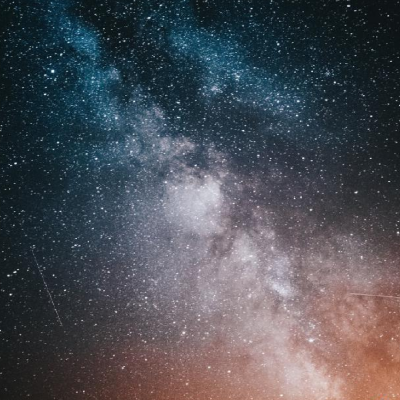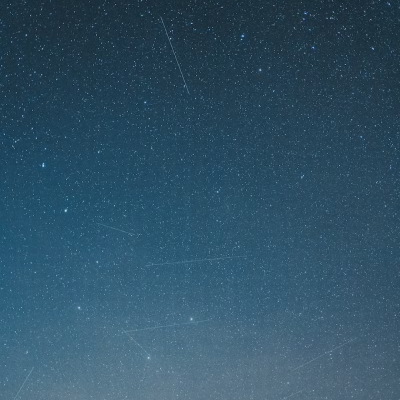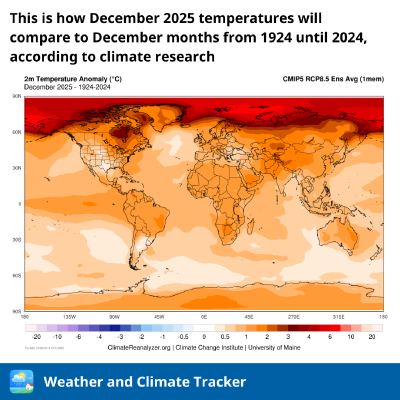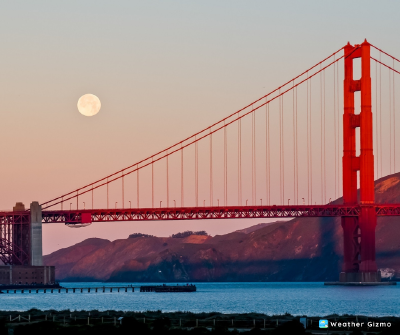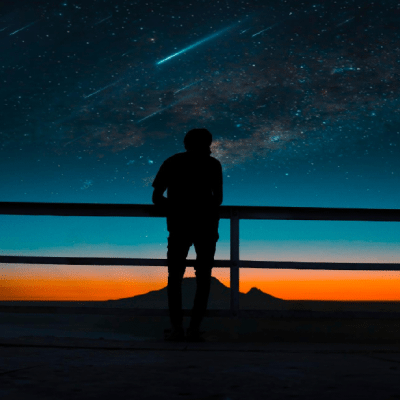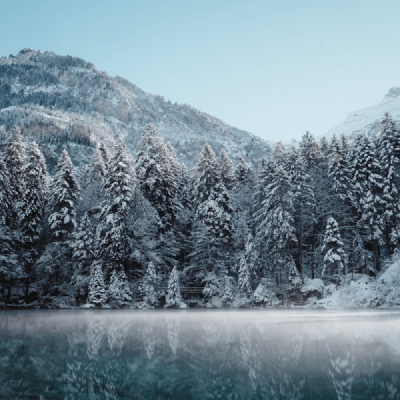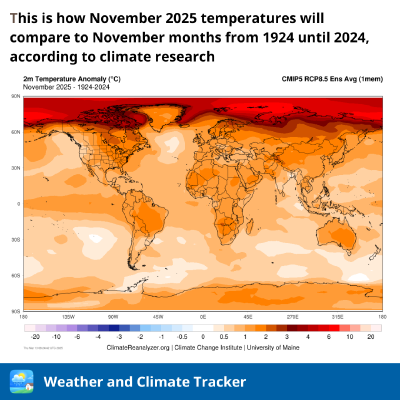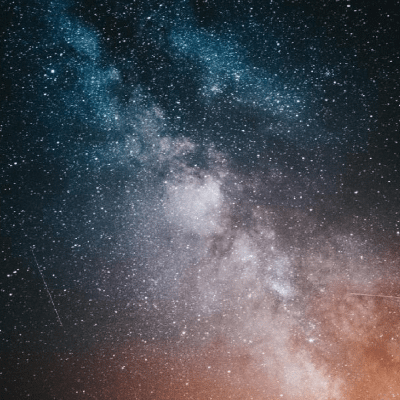
What’s the difference between glaze ice (from freezing rain) and black ice?
In winter forecasts you may hear two very similar-sounding terms. In Russian they’re «гололёд» and «гололедица» — and they describe different kinds of ice. Glaze ice (ice on objects) This is ice that coats objects: tree branches, power lines, roofs, railings, cars. It most often forms during freezing rain/drizzle when the air temperature is around 0 °C (or slightly below) and supercooled droplets freeze immediately on contact, creating a smooth, glassy layer.
Read more...